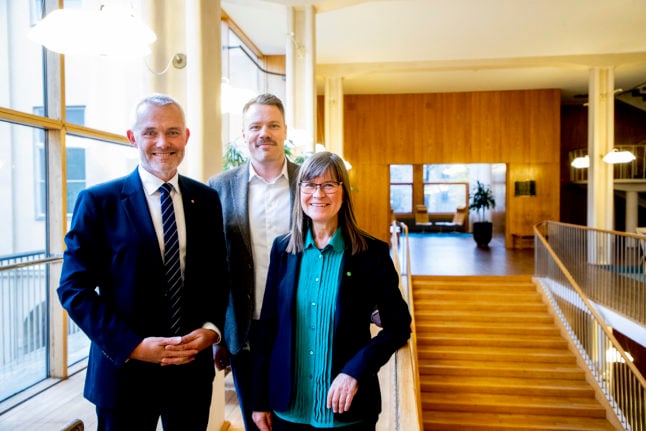Over the weekend, four young women between the ages of 18 and 29 were taken to Sundsvall hospital in northern Sweden after having overdosed on the recreational drug GHB. All four were released from the hospital the same day.
Although the number of GHB-related incidents is on the rise, abuse of the drug has not spread all over the country, but is concentrated in Gothenburg and Sundsvall.
On Friday night, two young women were admitted to the intensive care ward at Sundsvall hospital after overdosing on GHB.
Kai Knudsen, drug expert at Sahlgrenska Academic Hospital, has kept track of the statistics since 2002 and says that the number of GHB overdoses has increased every year.
“Last year, we had 144 overdoses in Gothenburg, which is our record….GHB is mainly found in Gothenburg, where it first showed up in the 1990s, and in the Sundsvall area. There, use is increasing steadily, but it has never become widespread across Sweden,” Knudsen explained.
“GHB is made from certain basic ingredients. There has been local manufacturing and distribution in Gothenburg and Sundsvall for several years. There has been relatively little use in the rest of Sweden.”
A total of four young women received care at Sundvall hospital after overdosing on GHB or GBL at a party in Härnösand on Friday night.
Two of the women, aged 18 and 19, were in serious condition and were admitted to intensive care. All four women were released from the hospital later in the day.
“We received the call just after midnight. The party was really wild. Two of the girls were unconscious and the third was screaming,” said Tommy Nygren, commander on duty at the Sundsvall police.
GHB overdoses are common due to the fact that the effects of the drug are unpredictable. GHB inhibits breathing and overdoses can result in constricted airways, unconsciousness, serious brain injury and death.
“In that way, it’s a pretty scary drug. In an international perspective, it is still relatively mild, but we have still seen 30 cases of death in Gothenburg,” said Knudsen.
As long as breathing hasn’t entirely ceased and someone is taken to the hospital, chances of recovery are good, according to Knudsen.
“People do die at the hospital as well, but most often they wake up within three to five hours and can usually be released the same day. Repeated usage can quickly turn into an addiction.
GHB is classified as a narcotic, although its counterpart GBL, which is a solvent that turns into GHB in the body, has not. Knudsen believes GBL should be classifed as a narcotic as soon as possible, as has been proposed in the most recent national narcotics assessment.
“In some ways, GBL is even more dangerous. Since it is transformed in the body it doesn’t have the same kick. When you take it, you don’t feel anything at first and that increases the risk that you’ll take even larger doses.”


 Please whitelist us to continue reading.
Please whitelist us to continue reading.
Member comments